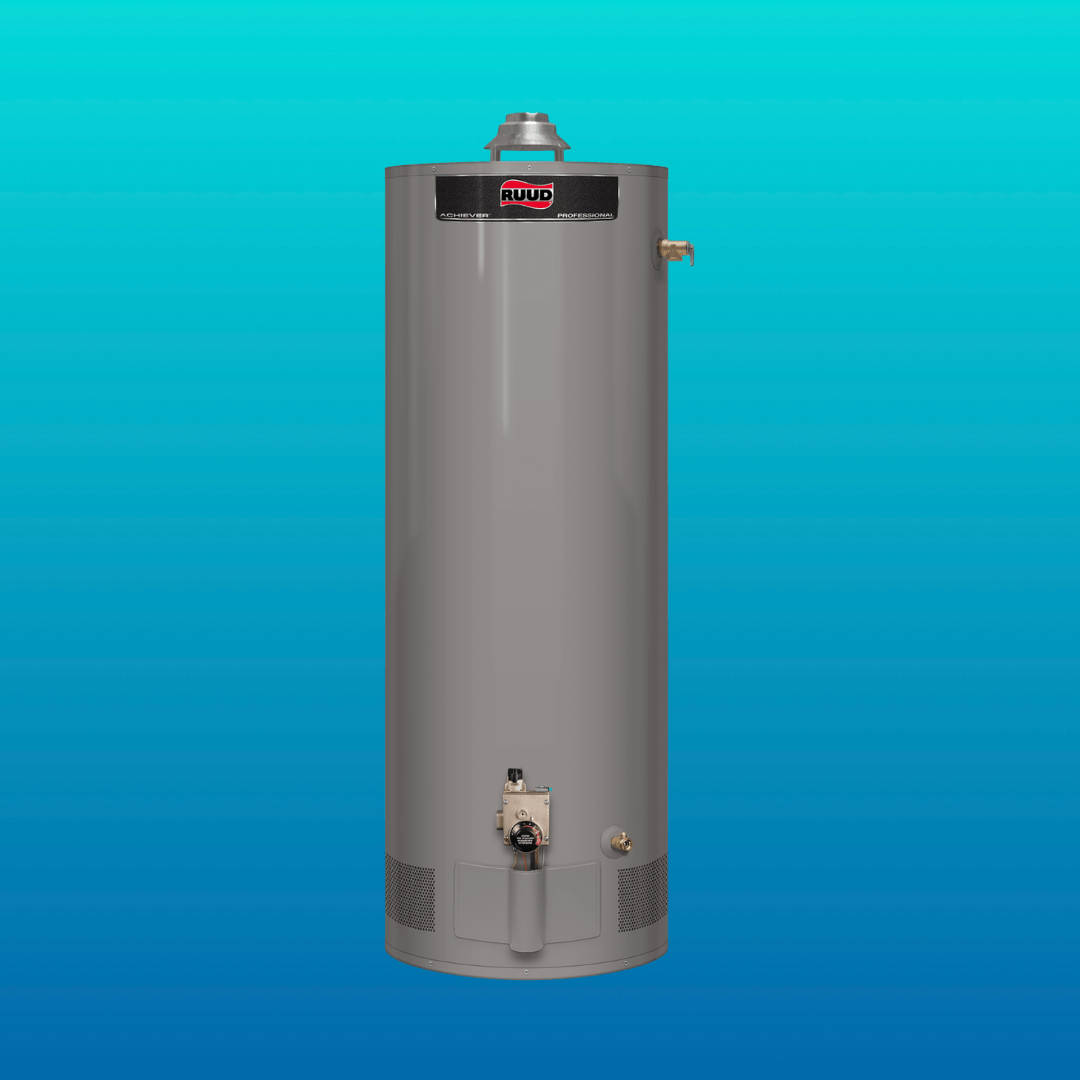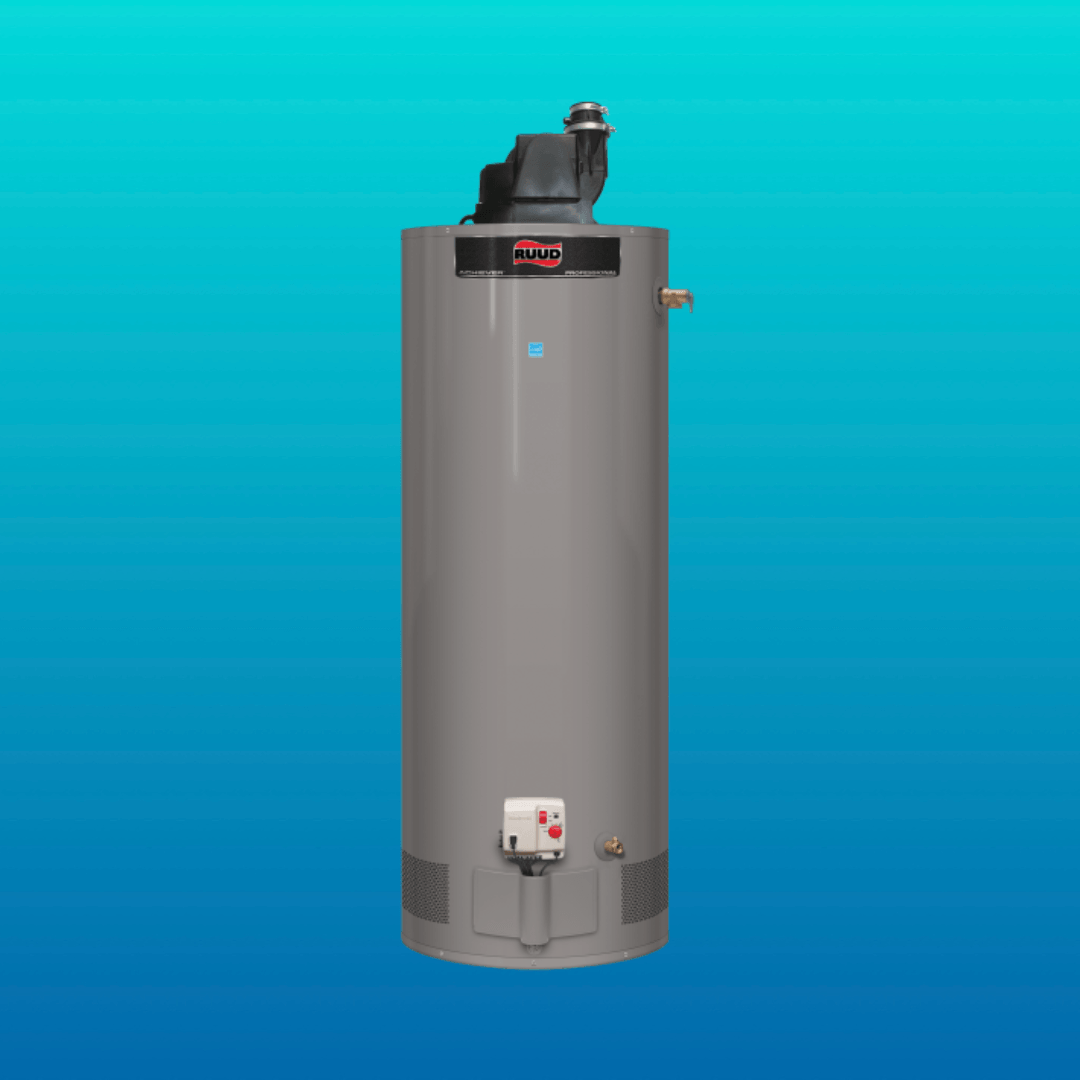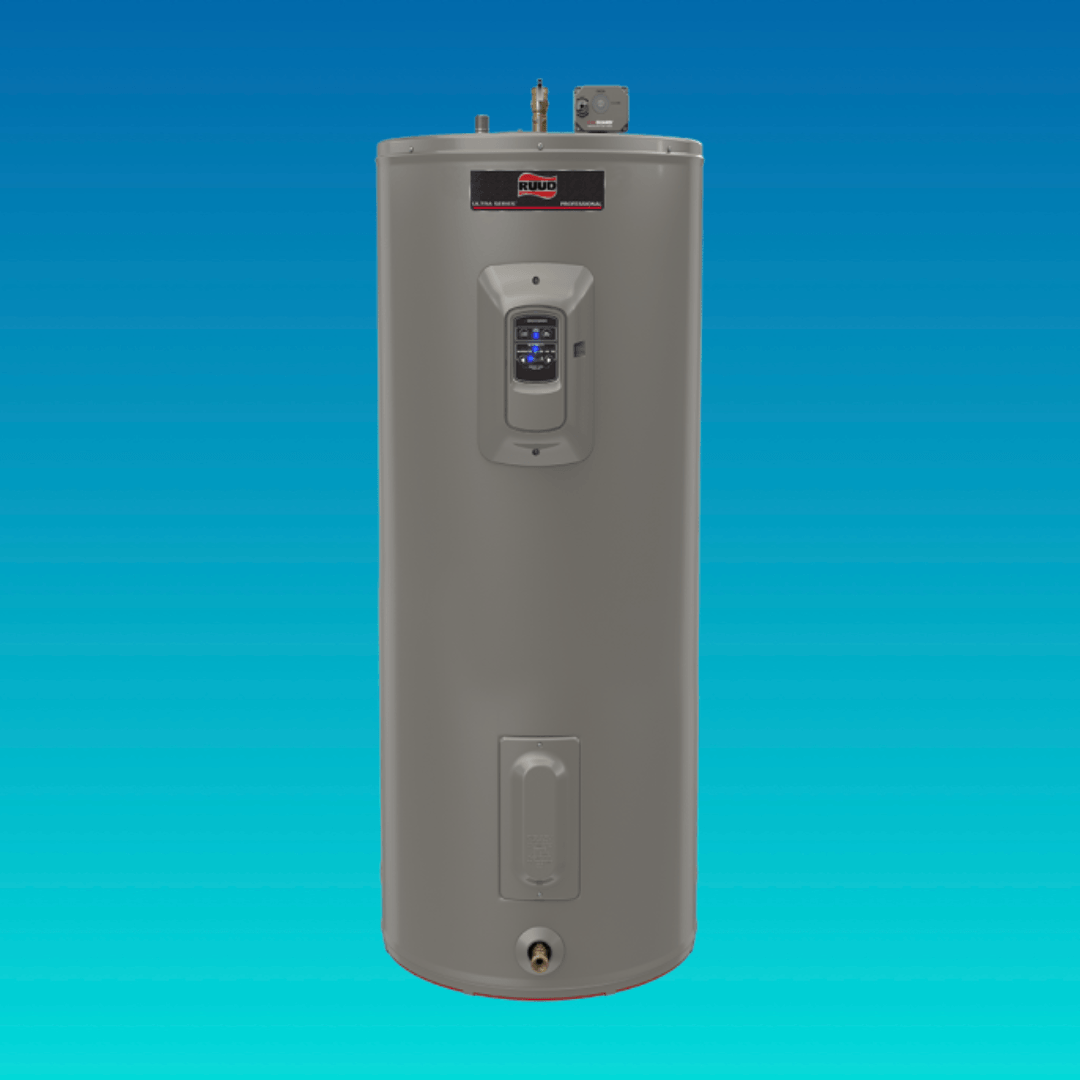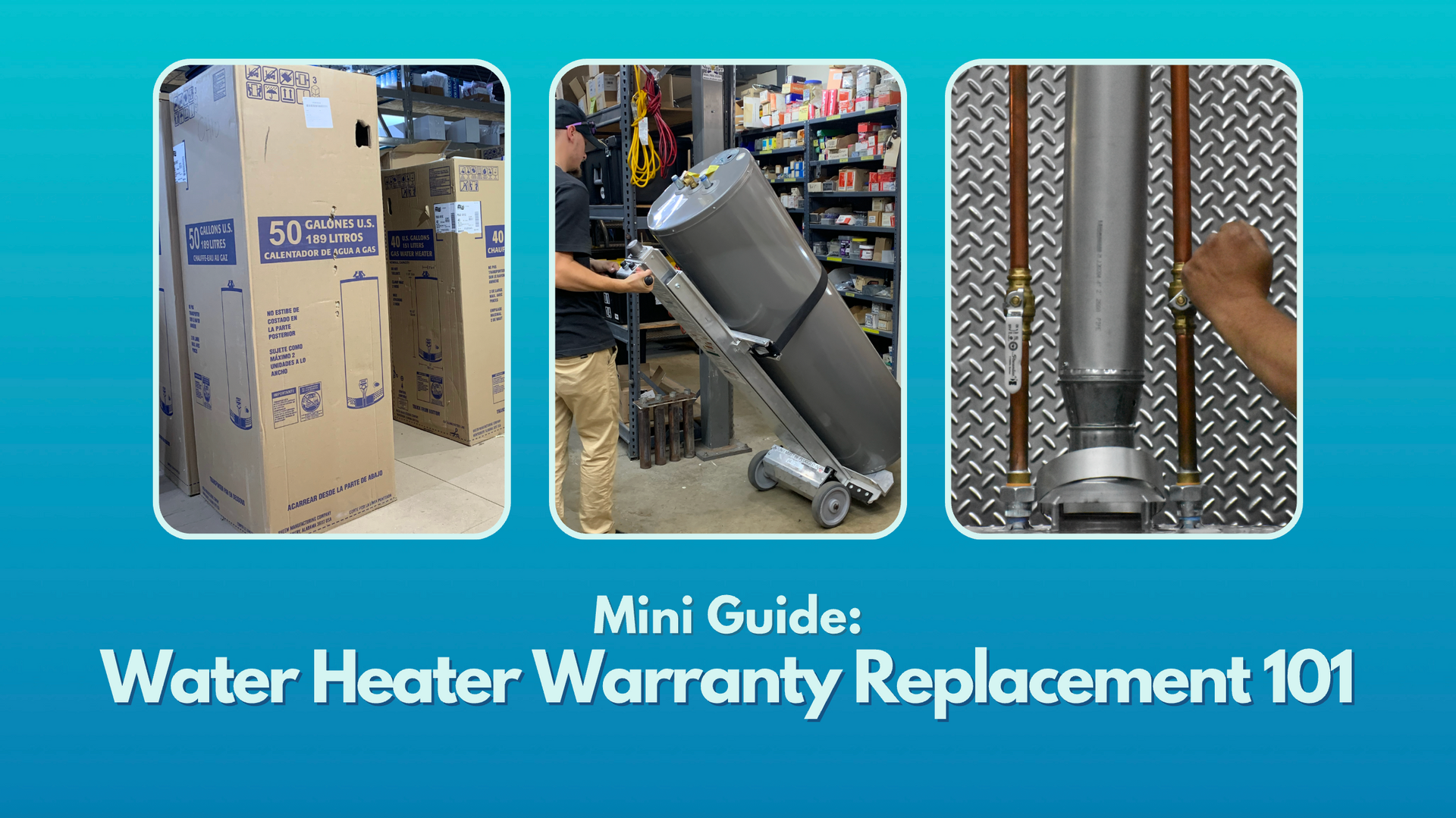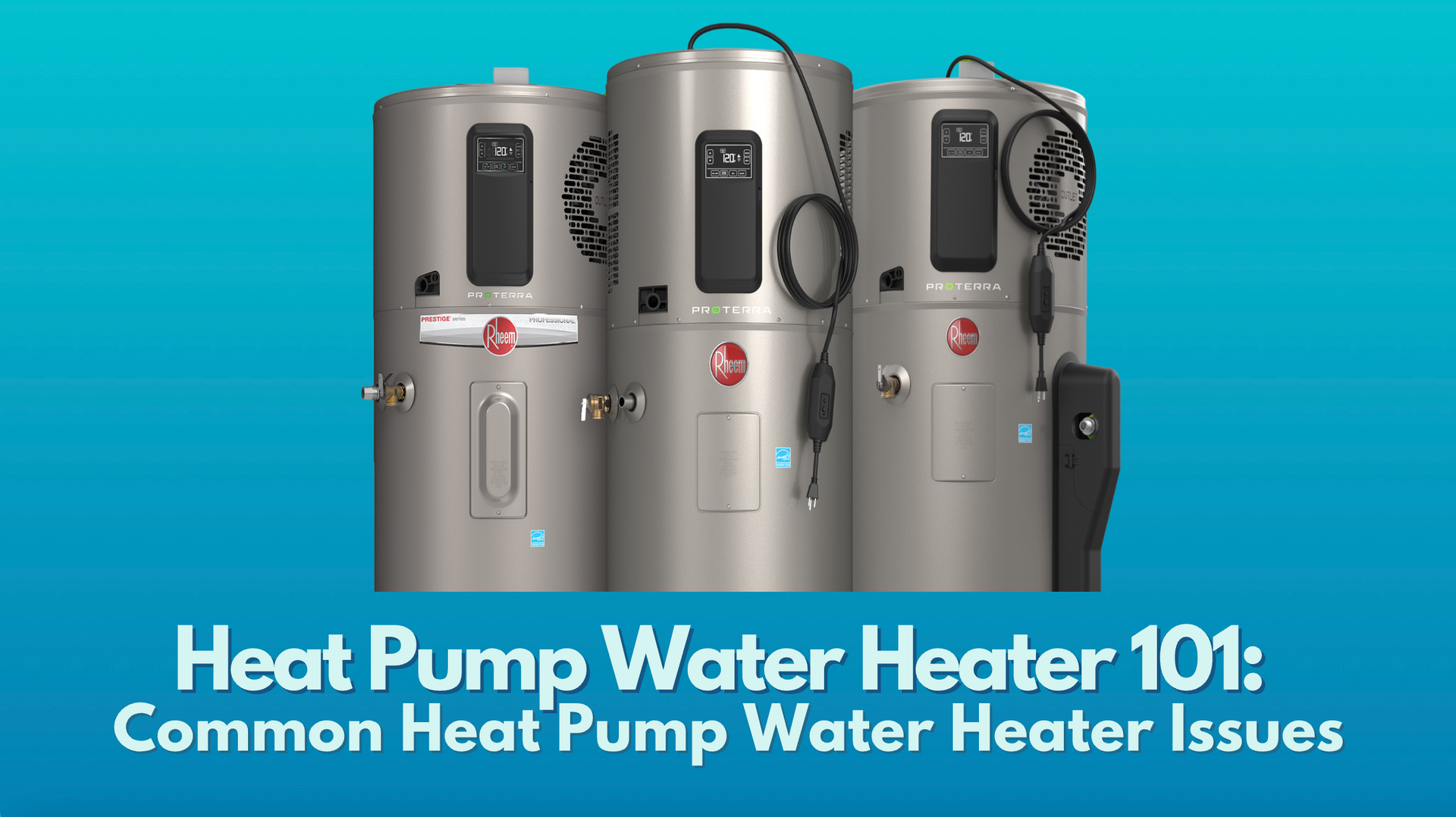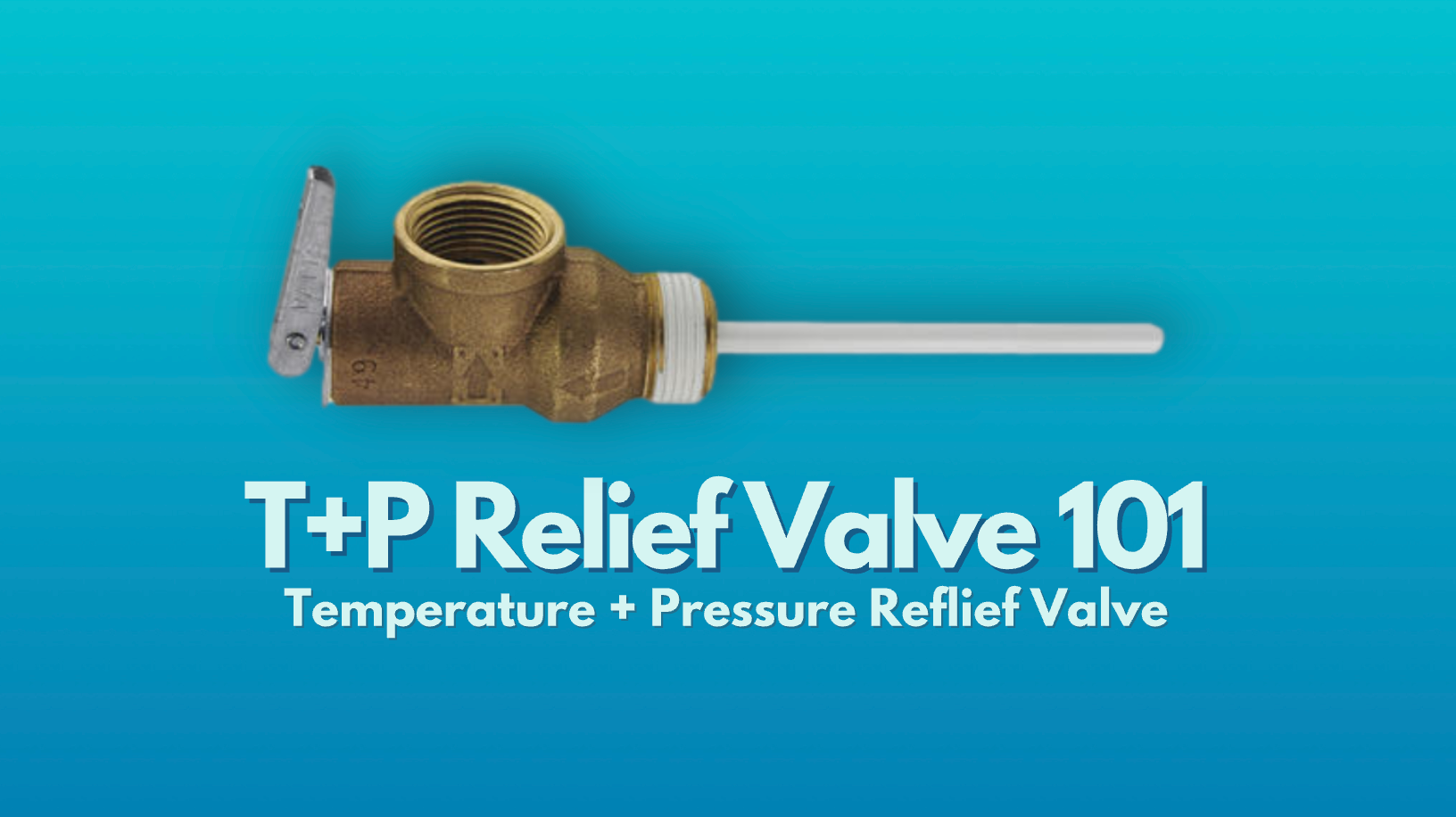How People Got Hot Water Before Water Heaters
An Englishman named Benjamin Waddy Maughan invented the first hot water called the "gas geyser" in 1868. However, they didn’t become popular until later in the 1900s. In 1889, Edwin Ruud, a Norwegian mechanical engineer built the first editions of the automated storage tank that paved the way for the Ruud water heaters we know today. While water heaters have been a common appliance in the modern world for the last 100 years, they’re still relatively new in the large scheme of things. People need hot water for a wide range of reasons, including cooking and cleaning. What did people do before the existence of water heaters? We will cover some of the interesting ways people got hot water before water heaters.
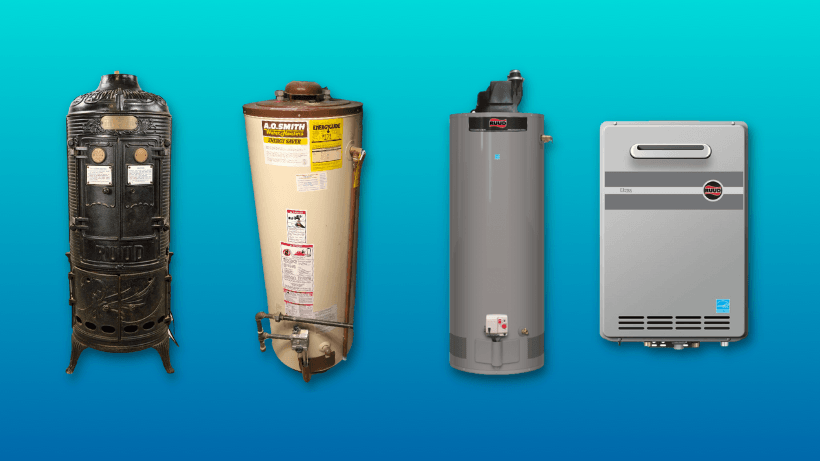
A quick visual history of water heaters
Natural Hot Springs
Some lucky areas have hot springs that produce warm water. Hot springs obtain heat from the ground. This geothermal heat makes the water warmer than traditional bodies of water. They are often found around both active and inactive volcanoes.
People who lived near hot springs took baths in the hot springs. Many cultures, especially the ancient Romans, created bath houses around the hot springs. These bath houses became a social hub for the community. However, they couldn’t bring the water home with them before it got cold. People needed to come up with a solution that brought hot water into the home.
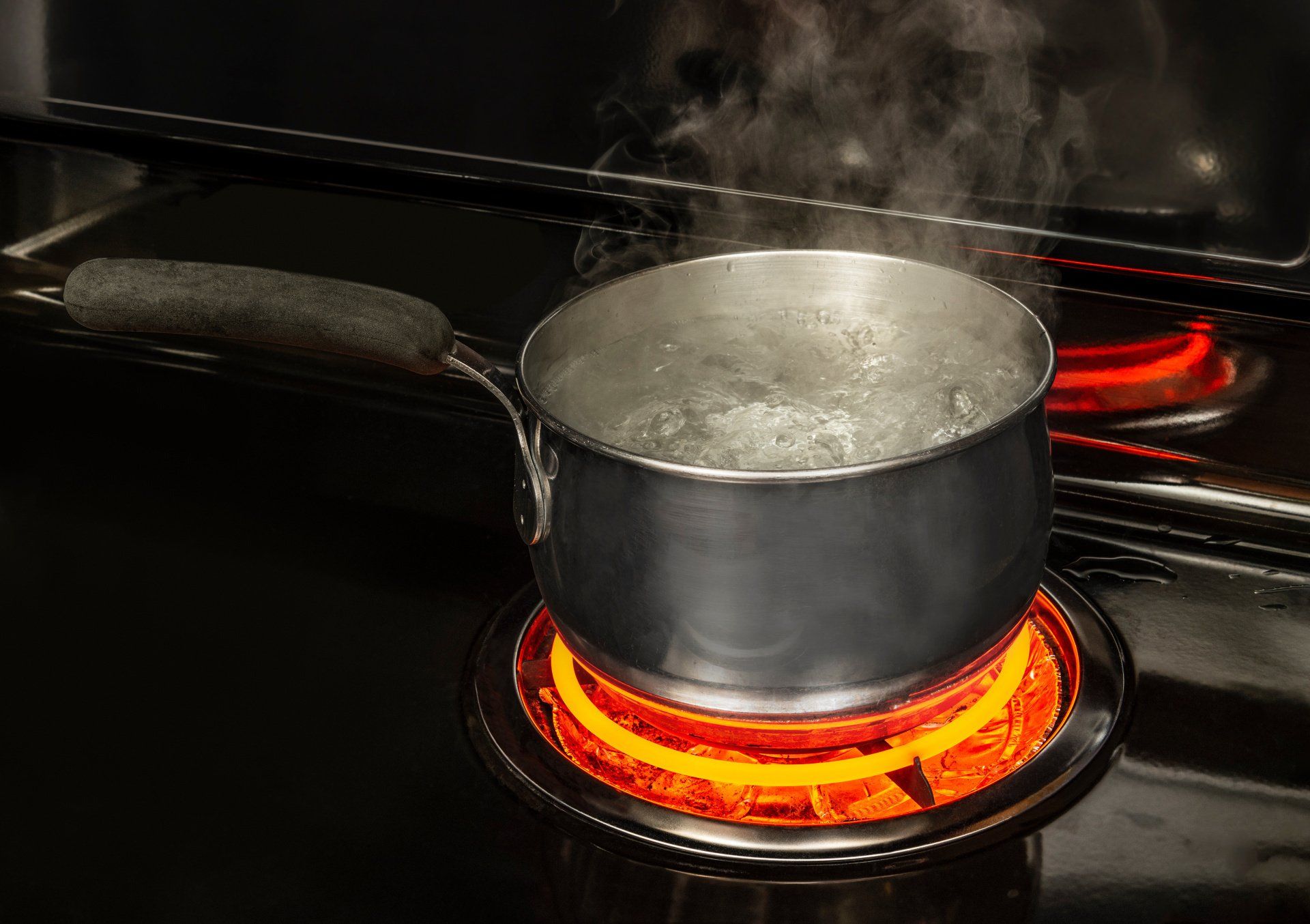
Heating Water on the Stove
When households needed hot water for residential cooking and cleaning, they gathered cold water in a pot and heated the water over the stove. While it worked okay, there was little temperature control. Furthermore, once the stove turned off, the water started getting cold quickly.
Getting hot water was especially difficult in the winter, when people need hot water the most. With most water sources frozen, people heated melted snow. Often, this meant one large pot filled with melting snow and another large pot on the stove for the heated water.
The family would need to use the lukewarm water quickly before it got cold. Furthermore, there was no hot water
coming from a tap or a showerhead. The only option for cleaning oneself was a bath - oftentimes after doing the dishes and allowing the rest of the family to bathe. This wasn’t the most comfortable or sanitary option for the last person in line to take a bath.
Water Back Systems (aka Range Boilers)
Water back systems or range boilers evolved in an attempt to store hot water on site. The system involved pipes that transported water in a container near a fireplace or stove, where the water would be heated up whenever the fireplace or stove was on.
Hot Water Heaters
Finally, water heaters came into existence. Water was heated and stored in a water heater tank until it was requested by someone in the home. Water heater tanks allow for some of the heat to escape, so manufacturers added insulation. They would also include glass lining to prevent the metal water tank from corroding.
The first water heaters used natural gas as a fuel source, but electric water heaters followed closely behind. A gas water heater uses a gas burner to keep water hot, while an electric water heater uses a heating element (or two).
Water heaters became safer and more customizable over the years. Water heaters also became more energy efficient, especially with the introduction of tankless water heaters.
Tankless water heaters
produce instant hot water, meaning they don’t experience standby heat loss. The compact size helps make them more suitable for small spaces, and they last longer than storage tank water heaters.
New electric heat pump water heaters, solar water heaters, and geothermal water heaters made it possible to heat water effectively without using too much energy or wasting resources, although much of the technology is still being developed today.
U.S. Water Heating Solutions
Don’t allow yourself to resort to old-fashioned methods of heating water. If you need water heater repair or new water heater installation, contact U.S. Water Heating Solutions today!




